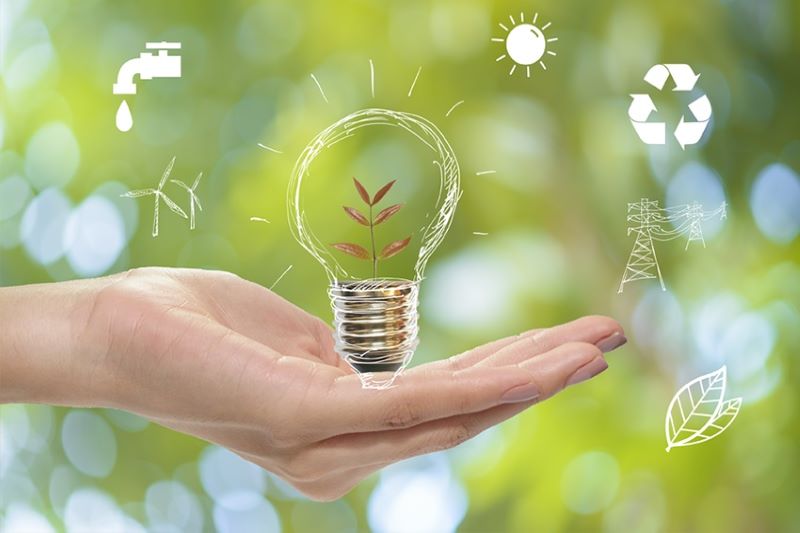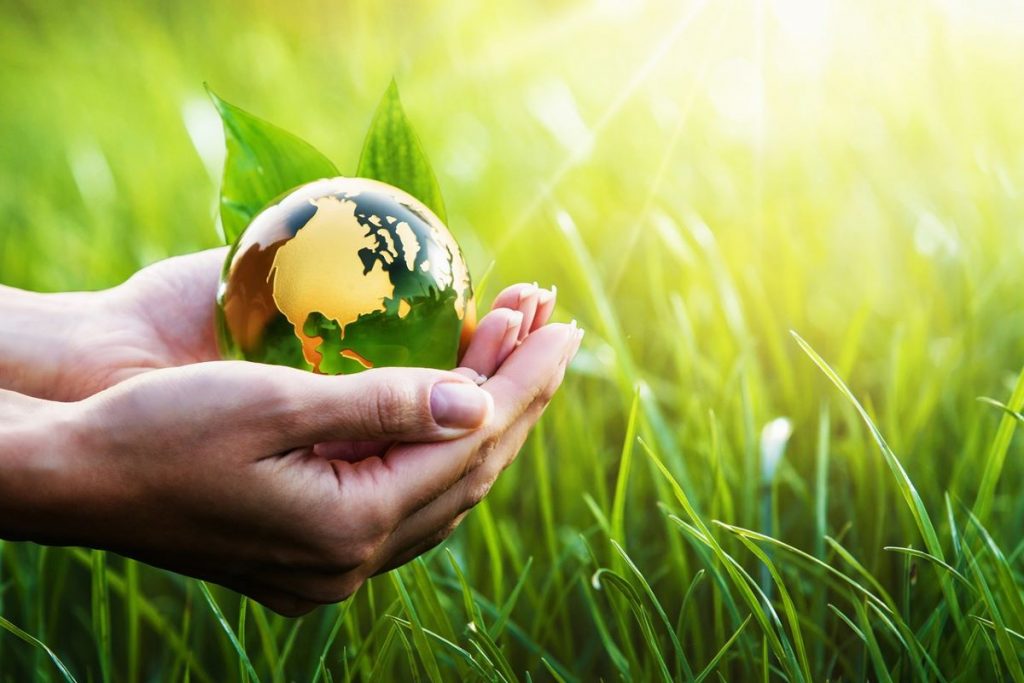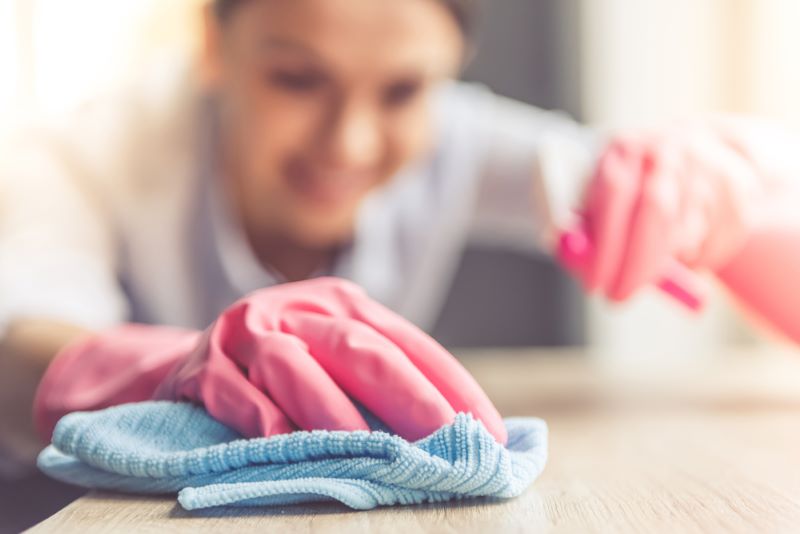Table of Contents
Introduction:
In the world of modern materials, PEVA has emerged as a popular choice for various applications due to its eco-friendliness and versatility. From shower curtains to tablecloths, PEVA has found its way into our daily lives. In this article, we will delve into the world of PEVA, understanding its properties, safety aspects, and how it compares to other materials on the market.
What is PEVA?
PEVA stands for Polyethylene Vinyl Acetate, a synthetic plastic polymer. It is often used as an alternative to traditional PVC (Polyvinyl Chloride) due to its more environmentally friendly composition. PEVA is created by copolymerizing ethylene and vinyl acetate, resulting in a material that is durable, flexible, and free from harmful substances like chlorine.
What is 100% PEVA?
“100% PEVA” refers to a product or material that is made entirely from PEVA (Polyethylene Vinyl Acetate) without the inclusion of other materials. When a product is labeled as “100% PEVA,” it means that the entire product is composed of PEVA polymer without any additional additives or blends with other plastics.
This labeling is often used to emphasize the purity of the material and its composition. PEVA, as a synthetic plastic polymer, is known for its water-resistant, non-toxic, and environmentally friendly properties.
Common examples of products that might be labeled as “100% PEVA” include shower curtains, tablecloths, raincoats, and various types of protective covers. It’s important to note that “100% PEVA” labeling ensures that the product is made entirely from PEVA, providing consumers with transparency about the materials used in the product’s construction.
PEVA Material and Its Applications:
PEVA’s versatility makes it suitable for a range of applications. One common use is in shower curtains and liners. PEVA shower curtains are appreciated for their water resistance, durability, and ease of cleaning. Additionally, PEVA is used in tablecloths, providing a waterproof barrier that safeguards tables from spills and stains.
Applications:
PEVA’s unique combination of properties has led to its use in various applications, including:
- Shower Curtains and Liners: PEVA is a popular material for shower curtains and liners due to its water resistance, easy cleaning, and safety aspects.
- Tablecloths: PEVA tablecloths are used to protect tables from spills and stains while offering a visually appealing and easy-to-clean surface.
- Rainwear: PEVA is used in raincoats, ponchos, and other waterproof clothing items to keep the wearer dry in wet conditions.
- Packaging: Transparent PEVA is used in packaging materials, pouches, and bags, offering a clear view of the contents.
- Luggage: PEVA-lined luggage can provide extra water protection to the contents during travel.
- Medical and Healthcare: PEVA is used in medical products like disposable gloves, aprons, and hygiene-related items due to its water-resistant and non-toxic nature.
PEVA material is a versatile and environmentally friendly synthetic plastic polymer that finds applications in various industries. Its water resistance, flexibility, durability, and safety make it a valuable choice for products ranging from household items to clothing and beyond.
Is PEVA Safe?
Safety is a crucial concern when it comes to household items. Fortunately, PEVA is considered a safer alternative to PVC. Unlike PVC, PEVA does not contain chlorine, which means it doesn’t release harmful chlorine gases into the environment. PEVA is also free from other toxic chemicals, making it a preferred choice for items that come into contact with water and food, such as shower curtains and tablecloths.
PEVA vs. Other Materials:
PEVA vs. Silicone:
While both materials are non-toxic, PEVA is more commonly used for shower curtains and tablecloths due to its flexible and lightweight nature.
PEVA vs. Vinyl:
Vinyl, often made from PVC, contains chlorine and other potentially harmful chemicals. PEVA’s chlorine-free composition makes it a safer choice for various applications.
PEVA vs. Fabric Shower Liner:
PEVA’s water resistance and ease of cleaning give it an edge over fabric liners, which tend to absorb water and can promote mold growth.
Exploring PEVA Fabric:
PEVA is sometimes used as a lining material in fabric products. When combined with fabric, it enhances the product’s water resistance and durability. PEVA-lined bags, for example, are popular for their ability to protect belongings from moisture.
EVA vs. PEVA:
EVA (Ethylene Vinyl Acetate) is often confused with PEVA due to their similar names and properties. However, the main difference lies in their composition. EVA contains a higher percentage of vinyl acetate, making it more rubber-like and less rigid than PEVA.
PEVA Safety Considerations:
PEVA is generally considered safe for everyday use. Its lack of harmful chemicals and low environmental impact contribute to its safety profile. When using PEVA products, ensure proper ventilation, especially in enclosed spaces like bathrooms, to mitigate any potential off-gassing of residual chemicals.
What is PEVA shower curtain?
A PEVA shower curtain is a type of shower curtain made from PEVA material, which stands for Polyethylene Vinyl Acetate. PEVA is a synthetic plastic polymer that is commonly used as an alternative to traditional PVC (Polyvinyl Chloride) due to its more environmentally friendly composition.
PEVA shower curtains are designed specifically for use in bathrooms and shower areas. They serve as a barrier to prevent water from splashing outside the shower area, keeping the rest of the bathroom dry. These shower curtains are available in various designs, colors, and patterns to complement different bathroom aesthetics.
The key features and benefits of PEVA shower curtains include:
- Water-Resistant: PEVA is naturally water-resistant, making it an ideal choice for a shower curtain material. It helps to contain water within the shower area and prevent it from seeping onto the bathroom floor.
- Easy to Clean: PEVA shower curtains are easy to clean and maintain. They can be wiped down with a damp cloth or mild soap to remove soap scum, mold, or mildew.
- Durable: PEVA is known for its durability and ability to withstand daily use. It doesn’t easily tear or degrade, ensuring a longer lifespan for the shower curtain.
- Non-Toxic: Unlike PVC, PEVA is chlorine-free and does not contain harmful chemicals that could release toxins or fumes into the air. This makes PEVA shower curtains a safer choice for use in enclosed bathroom spaces.
- Eco-Friendly: PEVA is considered more environmentally friendly than PVC due to its composition and lack of chlorine. It is biodegradable and has a lower impact on the environment.
- Affordable: PEVA shower curtains are often more affordable than curtains made from other materials like fabric or higher-end alternatives.
- Variety: PEVA shower curtains come in a wide range of styles, designs, and patterns, allowing homeowners to find a curtain that matches their bathroom decor.
It’s important to note that while PEVA is generally considered safe for use in shower curtains, it’s recommended to choose products from reputable manufacturers and ensure proper ventilation in the bathroom to prevent any potential off-gassing of residual chemicals.
In summary, a PEVA shower curtain is a practical and popular choice for bathrooms due to its water resistance, ease of cleaning, durability, and safety features. It offers an effective solution to keeping water contained within the shower area while enhancing the overall aesthetics of the bathroom.
How to get wrinkles out of PEVA tablecloth?

Removing wrinkles from a PEVA tablecloth is a relatively simple process that requires gentle heat and patience. Here are several methods you can try to smooth out wrinkles from your PEVA tablecloth:
Warm Water Method:
Materials Needed: Warm water, clean towel, flat surface.
- Lay the PEVA tablecloth flat on a clean, smooth surface.
- Use a clean towel to dampen the wrinkles on the tablecloth with warm water. Make sure the towel is not soaking wet; it should be damp.
- Smooth out the wrinkles by gently rubbing the dampened towel over the wrinkled areas. Apply light pressure.
- Allow the tablecloth to air dry flat, preferably in a warm and well-ventilated area.
Hair Dryer Method:
Materials Needed: Hair dryer, hanger or clothesline.
- Hang the PEVA tablecloth on a hanger or clothesline, ensuring that it’s taut and not touching the ground.
- Set your hair dryer to a low or medium heat setting.
- Hold the hair dryer about 6-8 inches away from the tablecloth.
- Gently move the hair dryer back and forth over the wrinkled areas, keeping the dryer in constant motion. Do not concentrate heat on a single spot for too long to avoid melting the PEVA.
- As you apply heat, use your free hand to smooth out the wrinkles with gentle pressure. Continue until the wrinkles are gone.
Warm Iron Method:
Materials Needed: Iron, ironing board, thin cotton cloth or parchment paper.
- Set your iron to the lowest heat setting (usually labeled “Synthetic” or “Low”).
- Lay the PEVA tablecloth flat on the ironing board.
- Place a thin cotton cloth or parchment paper over the wrinkled areas to protect the PEVA from direct heat.
- Gently press the iron over the cloth or parchment paper, moving it back and forth in a smooth motion. Do not leave the iron in one spot for too long to avoid damaging the PEVA.
- Lift the cloth or parchment paper occasionally to check the progress and ensure you’re not overheating the PEVA.
- Once the wrinkles are gone, allow the tablecloth to cool and air out before using.
Important Tips:
- Always use gentle heat when working with PEVA to avoid melting or damaging the material.
- Test any method on a small, inconspicuous area of the tablecloth before treating larger sections.
- Avoid using high heat settings, direct steam, or placing the PEVA tablecloth in a clothes dryer, as these actions can damage the material.
Remember that while these methods can help reduce wrinkles in a PEVA tablecloth, some minor wrinkles may remain due to the nature of the material. If wrinkles persist, you can also consider using a fabric steamer, which can provide a gentle and effective way to smooth out the tablecloth.
Conclusion:
PEVA, with its environmentally friendly composition and versatile applications, has gained popularity as a safer alternative to materials like PVC. From shower curtains to tablecloths, PEVA’s water resistance, flexibility, and safety make it a staple in many households. As consumers become more conscious of the materials they bring into their homes, PEVA stands out as a reliable choice that prioritizes both performance and well-being.








